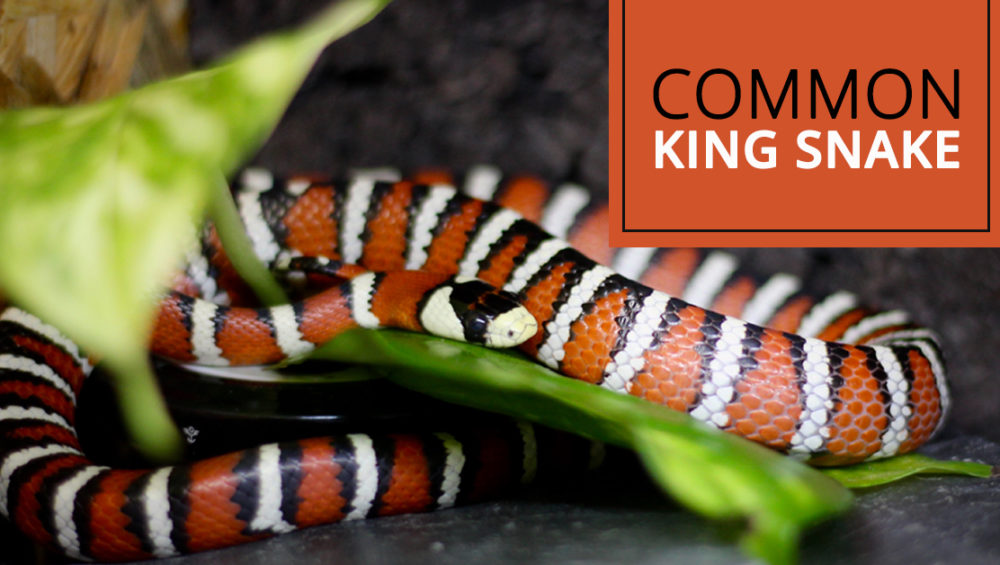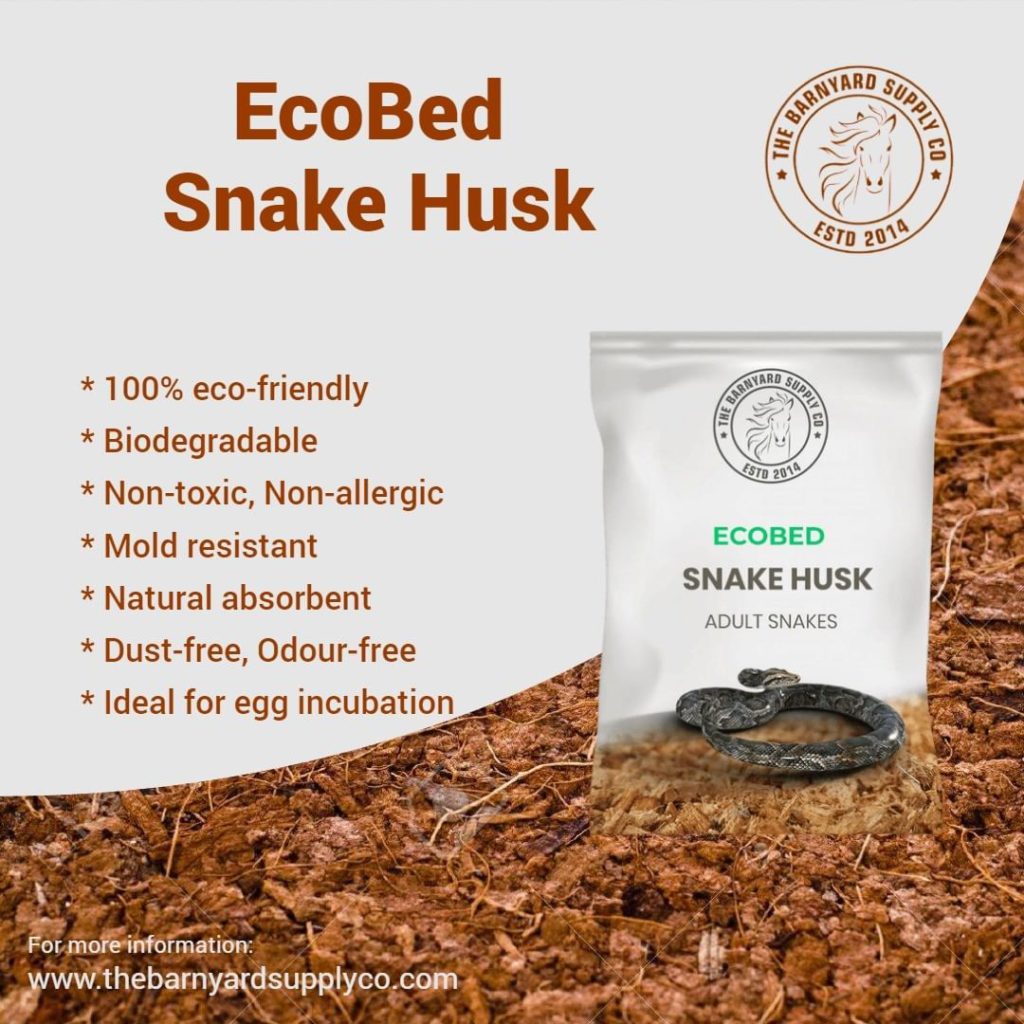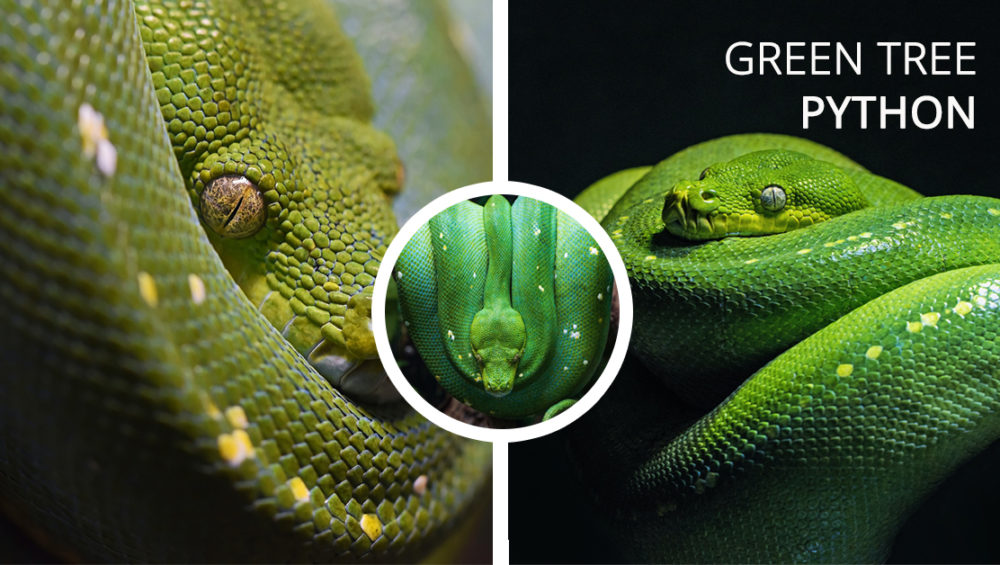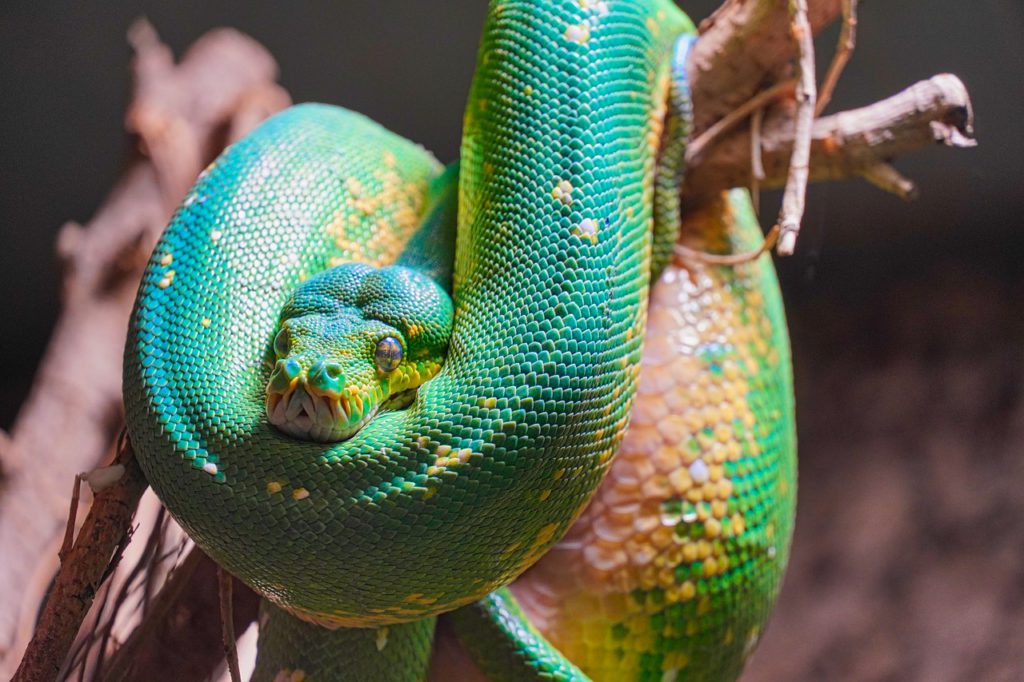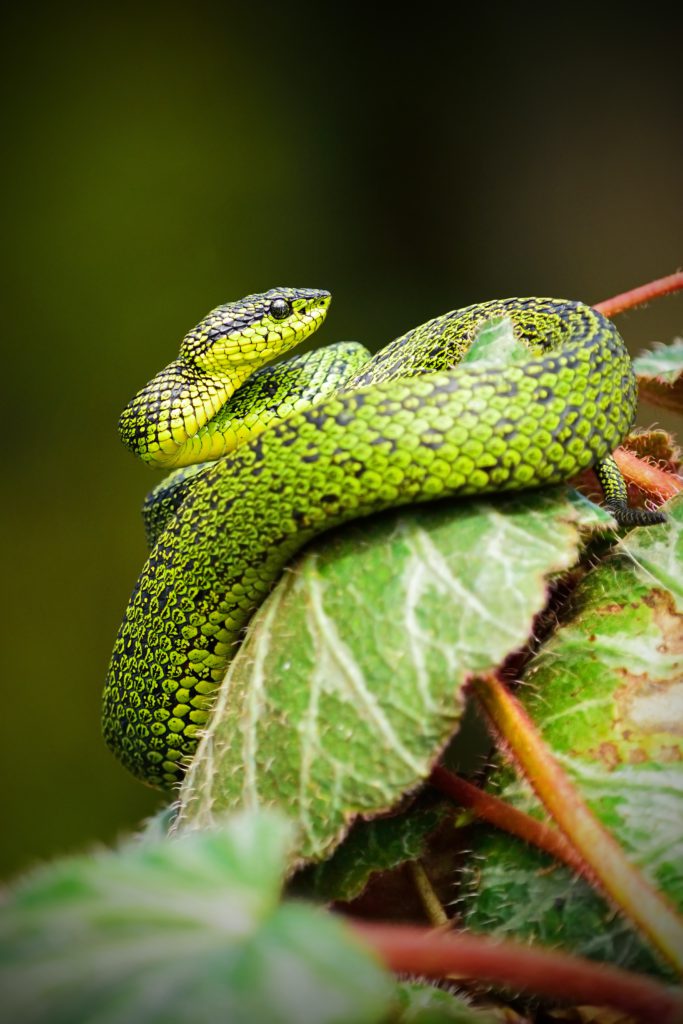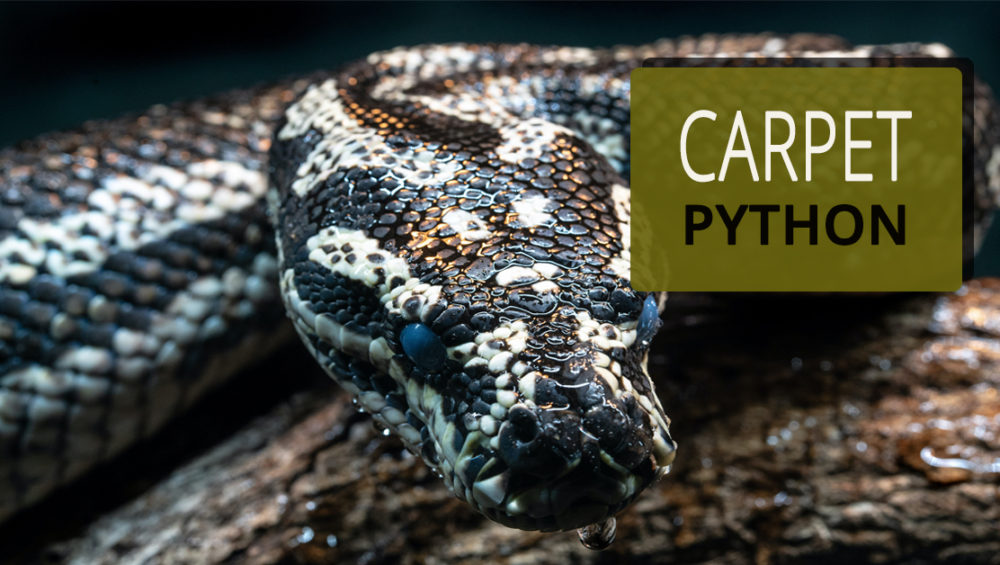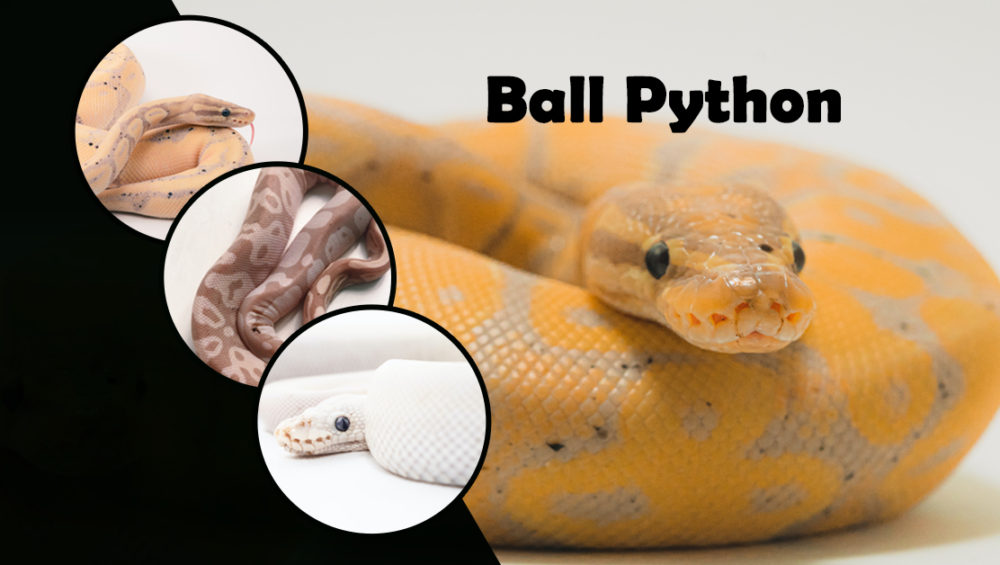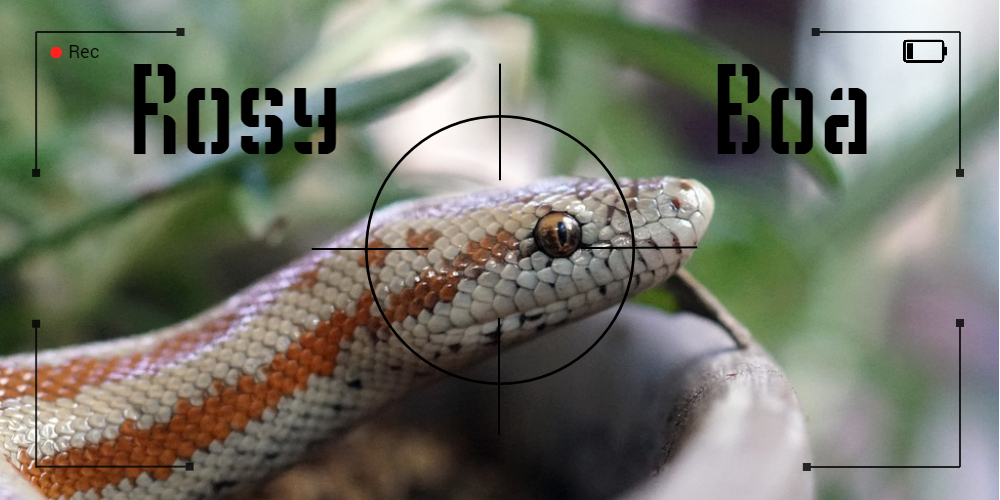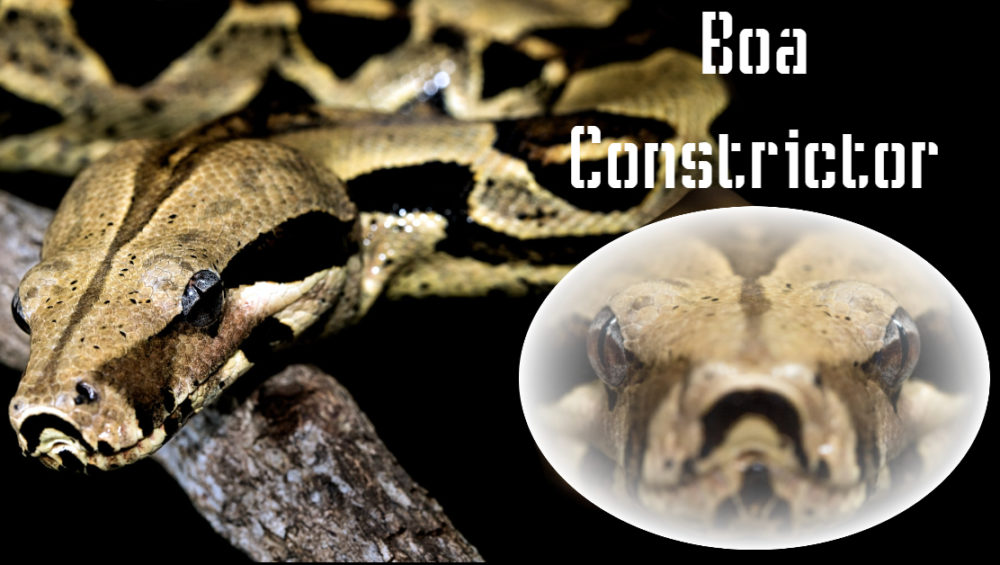Kingsnakes are the most beautiful species found in many areas of North America. They make excellent pets and fairly common snakes to own. There are many different types of Kingsnakes that are common in environments like grassland, farmland and are great climbers and swimmers as well.
Table of contents
Behaviour
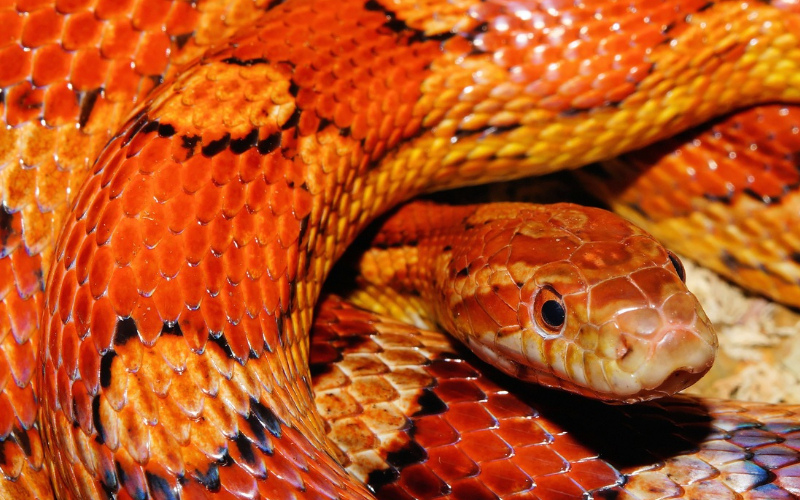
Kingsnakes are non venomous and easy to maintain. Once warmed-up with the owners, it becomes detachable. King snakes are very beautiful and exist in different colors and patterns. Kingsnakes are moderate-to-large size snakes. They are 8 to 12 inches long when they are hatched from eggs. They are fast growers and quickly reach their adult size 3 to 5 feet. There is no significant difference in male and female in size or appearance. King snakes tend to live a long life, that’s usually 15 to 20 years.
There are multiple varieties of kingsnakes found with different colors and patterns. They generally have dark brown and black bodies and variations like yellowish-white speckles and bands along their bodies. California, Florida and Eastern Kingsnakes are mostly banded with the chain-like pattern. California Kings have thinner and more white than yellow bands. Mexican Black kingsnakes are truly unique species of Kingsnakes with jet-black pattern and Brook Kingsnakes is one of the unique subspecies with speckled pattern and light brown in color.
Temperature
Kings originated from the northern U.S, and northern Mexico. They are cold blooded, which means they depend on the environment to determine their body temperature. They like fairly warm temperatures and are mostly active at night time though they need to be cooled off if they want to. Kings require a warmer temperature of 80 to 85 degrees. To reach this temperature, the heaters or heat tape or heat cable can be used. These temperatures can be easily controlled by using a thermometer. The cool temperature is between 75-80 degrees. At night it can drop to 72 degrees.
Humidity
Ensuring correct humidity levels is essential to respiratory health as well as shedding. Kingsnakes are best between 40 to 60% humidity range. To maintain these humidity levels, placing the water bowl is helpful. Misting by water spray is usually sufficient. Humid cave stuffed with damp, clean sphagnum moss is also a good idea for maintaining the humidity level.
Lighting
Kingsnakes are mostly active during dawn and dusk (noctual). Providing the light in the enclosure helps to regulate this kind of day-night rhythm. Usually kingsnake does not require a UV bulb or other special lighting. If you are choosing to add a basking bulb to add more light to the snake, make sure that you are maintaining the proper heat level. It should not be more than 88o F of temperature.
Handling
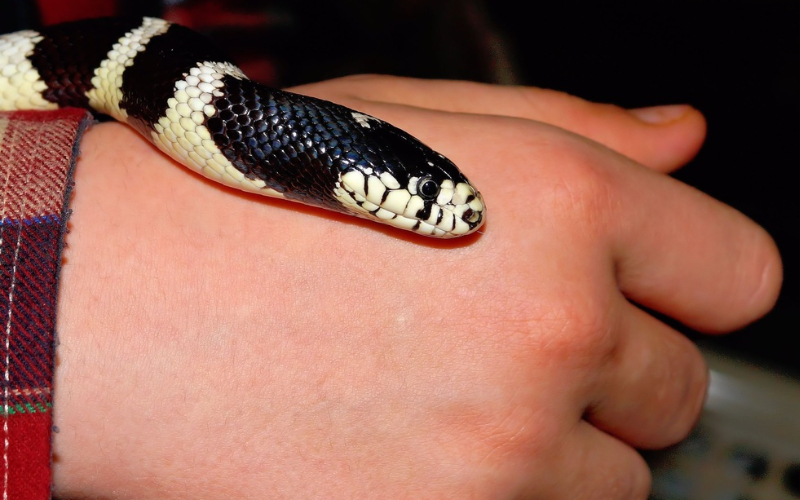
Kingsnakes make excellent pets and are popular one. From their banded dark brown or black to white or yellow, the variety of colours and patterns found in kings is truly attractive. Once they warm up, they become easy to handle and friendly in nature.
Handling your snake, care must be taken. When holding your snake make sure that you are providing full support for the whole body of the snake. Generally Kingsnakes are large in size so be careful while holding a snake. Once they understand that you are not hurting them, they often seem to enjoy being handled. To make them comfortable, give them time to get to know you. Try to avoid touching the top of the head. It will cause irritation to your snake. Give your snake time to settle into its enclosure before handling.
Diet
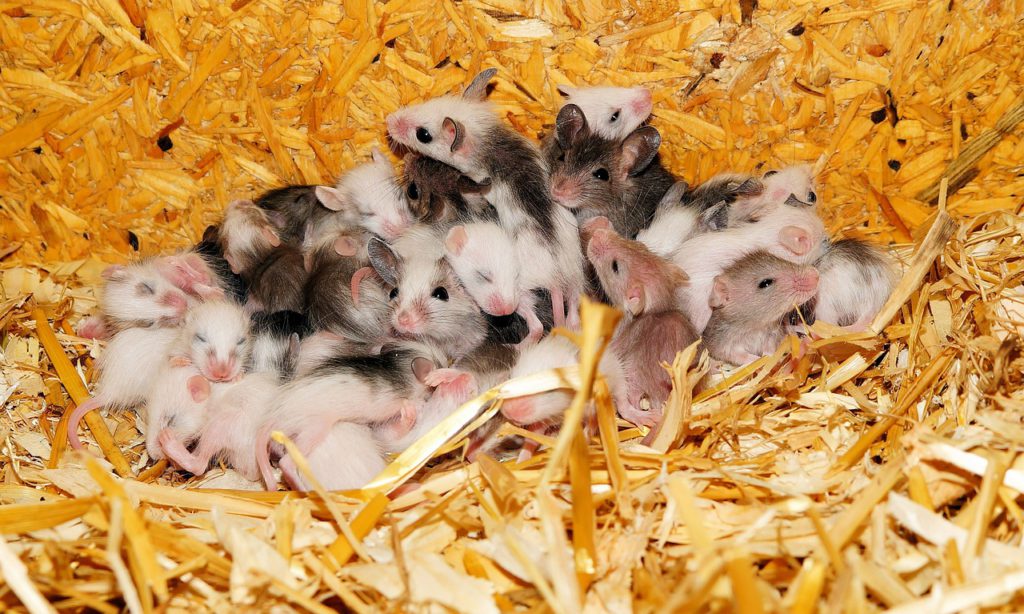
Kingsnakes are carnivores in nature that means they are meat eaters and can eat whole animals at times. New born king snakes require to feed pinky mice a week while they are growing, increasing the size of prey as it grows. The adult kingsnakes require to be fed 1 to 2 mice every 10 to 14 days.
For healthy nutrition, you can feed them a variety of food. You can offer them different kinds of food like lizards, quail eggs and young rats or so. Place a large water bowl in the enclosure at all times. You can change the water at least twice a week. Replacing water daily is better yet.
Potential health issues
Proper care and correct nutrition is a key to the health of snakes. With consistent husbandry, snakes can live a long life.
The following are some common health issues for your Kingsnake:
Mouth rot
Mouth rot is a secondary infection that comes out due to a low immune system. It can occur from untreated mouth injury. The symptoms of this are swelling and discharge. It can be treated with antibiotics by a veterinarian.
Scale rot
Scale rot comes out due to moist or dirty enclosure of substrate. It happens because of bacterial growth in substrates. In that case, allow your snake to heal on clean paper towels for some time to be cured. It can be controlled by cleaning the cage consistently.
Mites
Mites cause skin irritation to snakes. It can be treated with proper treatment and over the counter products.
Signs they are healthy
· Hunting/foraging behaviors
· Eating regularly
· Sheds are intact with eye caps
Sickness Symptoms
· Self-soaking for several hours at a time
· Refusing prey
· Stuck shed on eyes or body
Subtract Nature
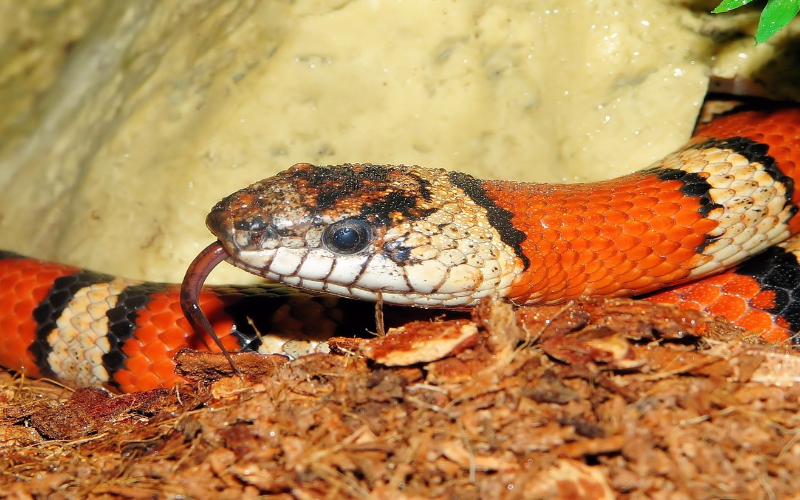
Substrates should always be easy to clean. New born King snakes like Newspapers, reptile carpet and paper towels. They easily burrow in this enclosure. Aspen bedding is the most popular snake bedding option. Kings are happily maintained on aspen bedding. It can be changed every 7 to 6 days. Coconut husk is also the best choice as it is organic and has no odor. Pine or cedar shaving is toxic to the snakes. Its aromatic oils can cause irritation and respiratory issues in your snake. It is recommended to never use these bedding. It is important that whatever substrate you use must be odor and dust free. Cleaning is essential! The substrate should be completely replaced every 7 to 8 weeks.
Substrate Types
Coconut Husk
The coconut bedding is an all natural, organic bedding option for your snake without investing much money. Coconut husk resists the foul odor and leaves in fresh air. The coconut husk is a dust-free and odor-free bedding option which is absolutely chemical-free and non-toxic. It does not mold and is highly absorbent.
Advantages:
- Highly comfortable material for snakes
- Odor and Dust free
- Natural and Organic
Disadvantages:
- Does not retain humidity longer
- Large pieces of husk can cause irritation
Newspaper and Paper towel
Newspapers covers are easy as well as cheap. For small cages, paper towels can work superior. It’s versatile and you can place the newspaper on the bottom of the cage. It’s not easy to burrow in a newspaper, but shredded paper will resolve the issue. Remove wet or damp newspapers and paper towels, as these can cause skin infections in the snakes.
Advantages:
- It is affordable
- It is one of the most versatile bedding options
- More suitable for hatchings
Disadvantages:
- Adult snakes can’t easily burrow in newspapers
- Wet or damp newspapers can cause skin irritation for snakes
Aspen Shaving
Aspen bedding is the most popular kind of snake bedding. Aspen shaving is not too expensive and it is an ideal bedding option for King snakes. It is made up of wood and it is chemical free. You can completely replace it by paying cheaply. It absorbs and prevents the odors from waste. The substrate is free of chemicals or toxic oils and is perfectly safe for pets.
Advantages:
· It is affordable
· Excellent absorbing and clean-up
· Snakes like to burrow in this
Disadvantages:
· May need to be changed more often
· Some customers report finding other materials in with the aspen
Conclusion
Kingsnakes are truly attractive and beautiful snakes. They are adequate in size and easy to handle. They are hardy animals that eat well and are typically very friendly once warm up with the owner. Making them feel comfortable is all up to the owner. Proper diet and right enclosure must be provided to the snake for their health.
The king snake is excellent and one of the most popular snakes for beginners.

